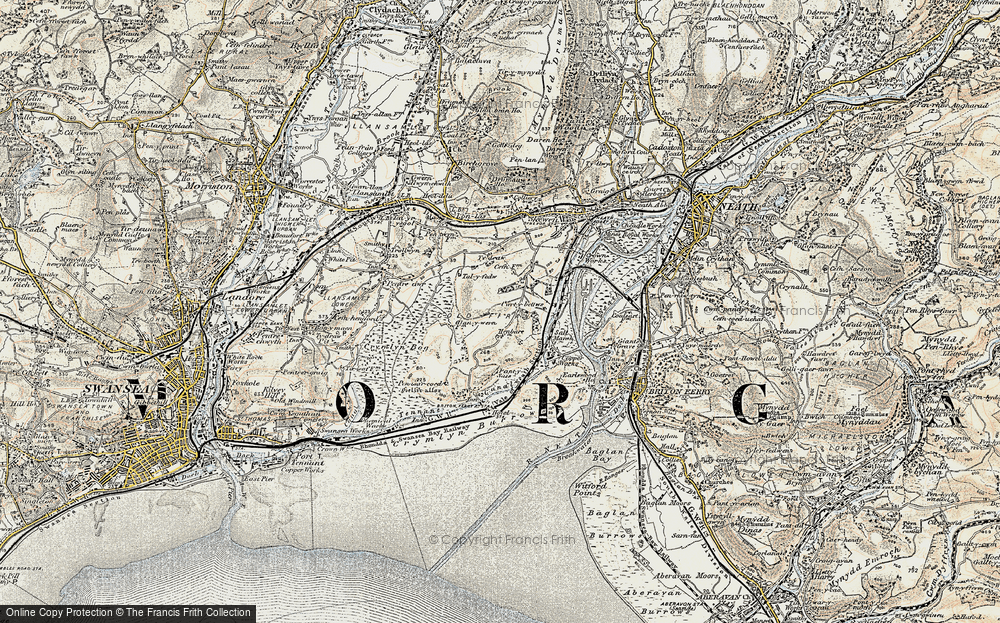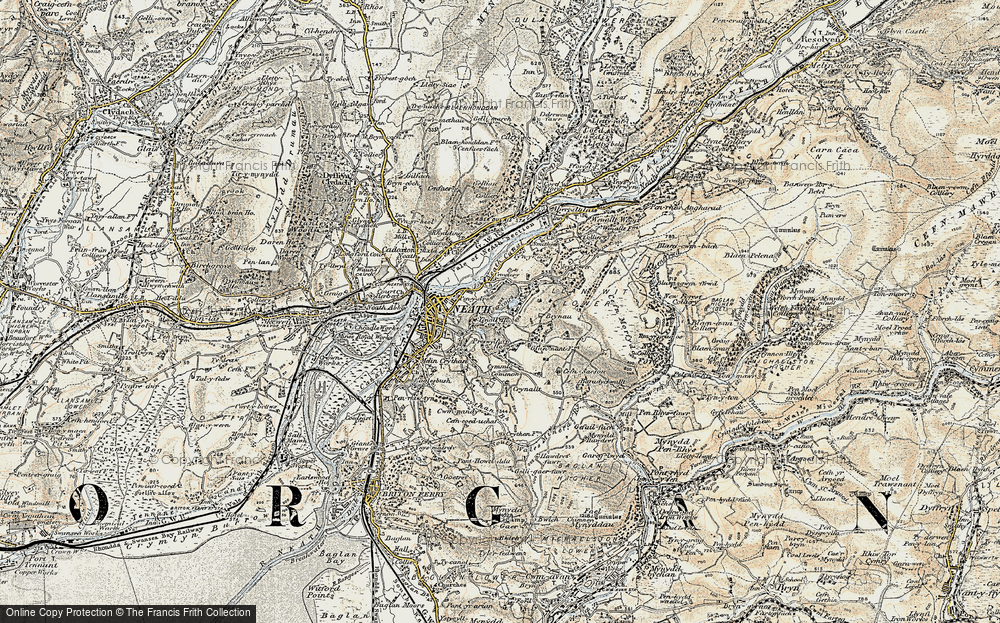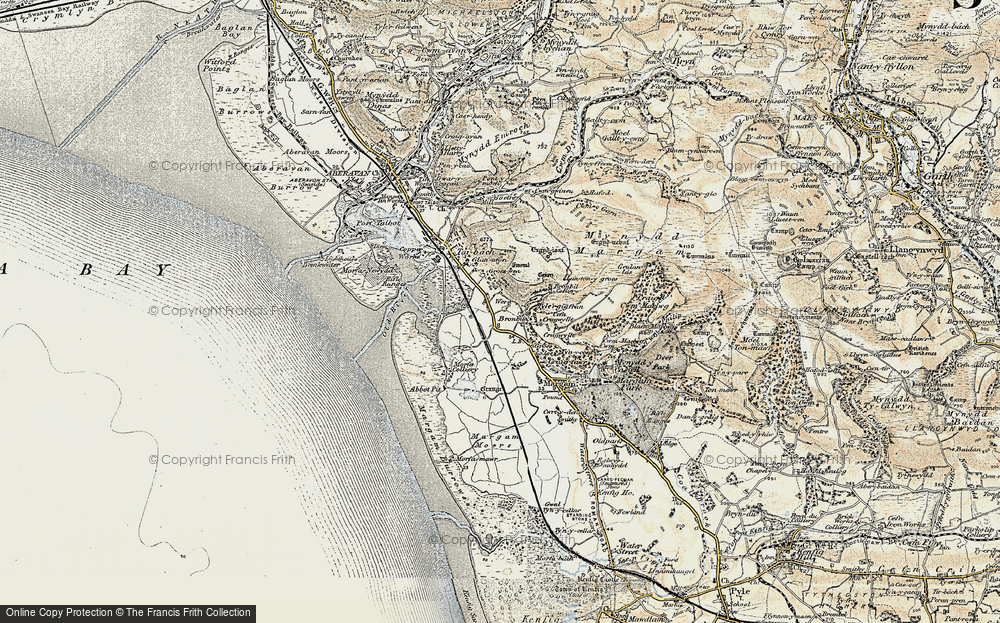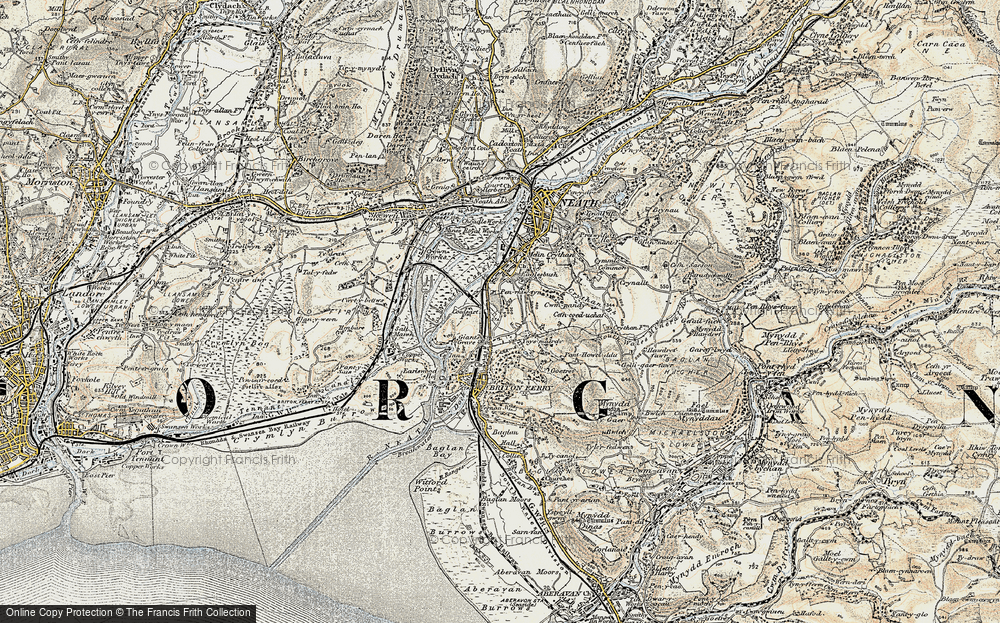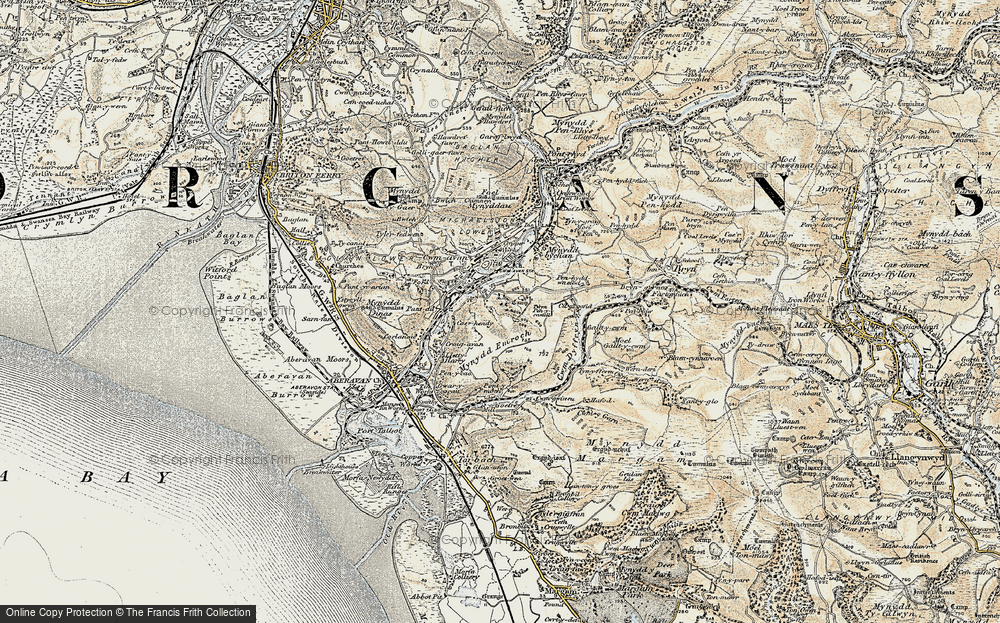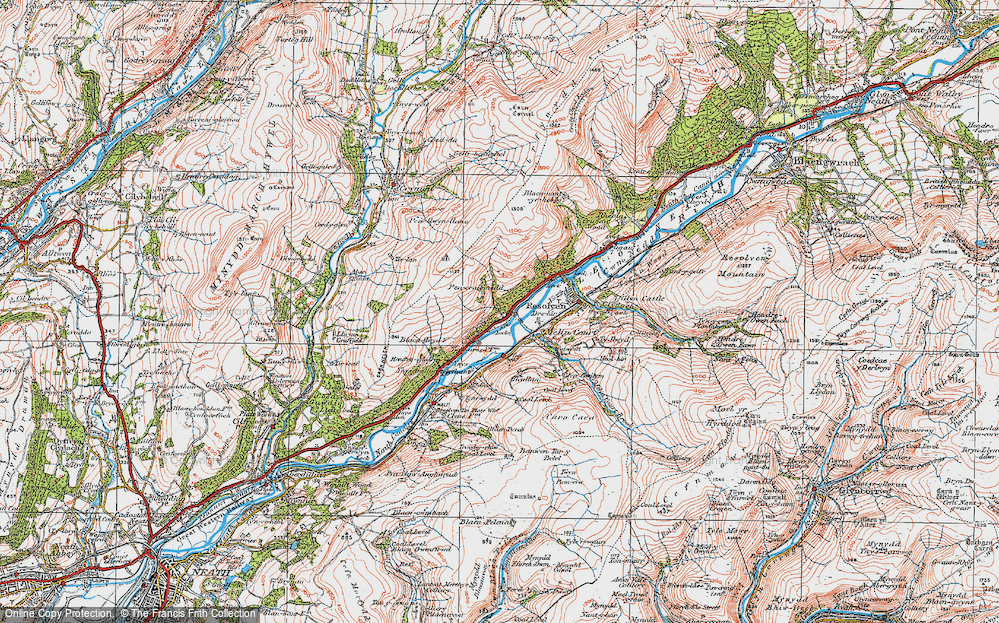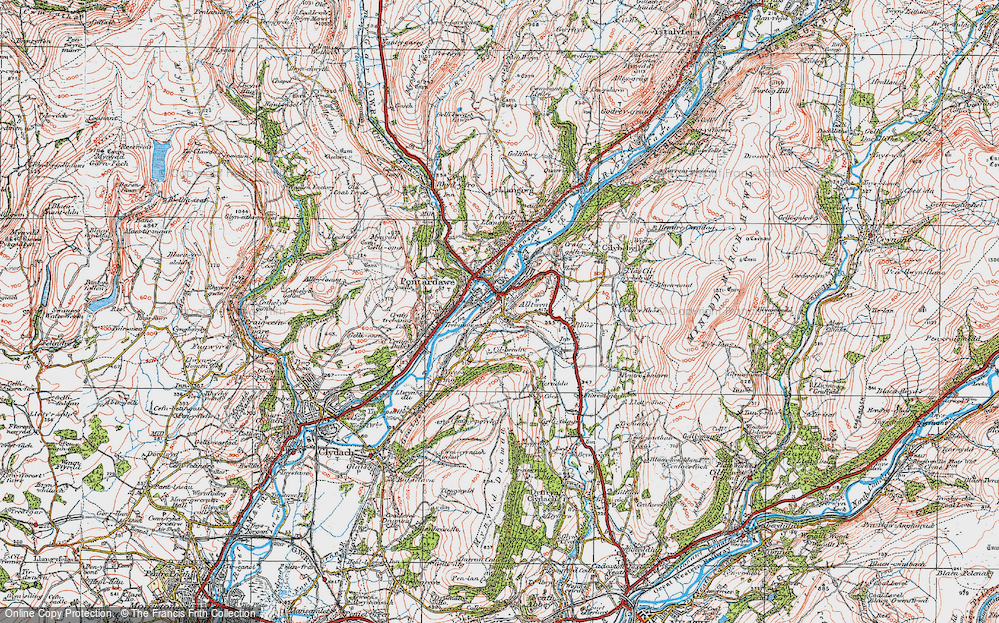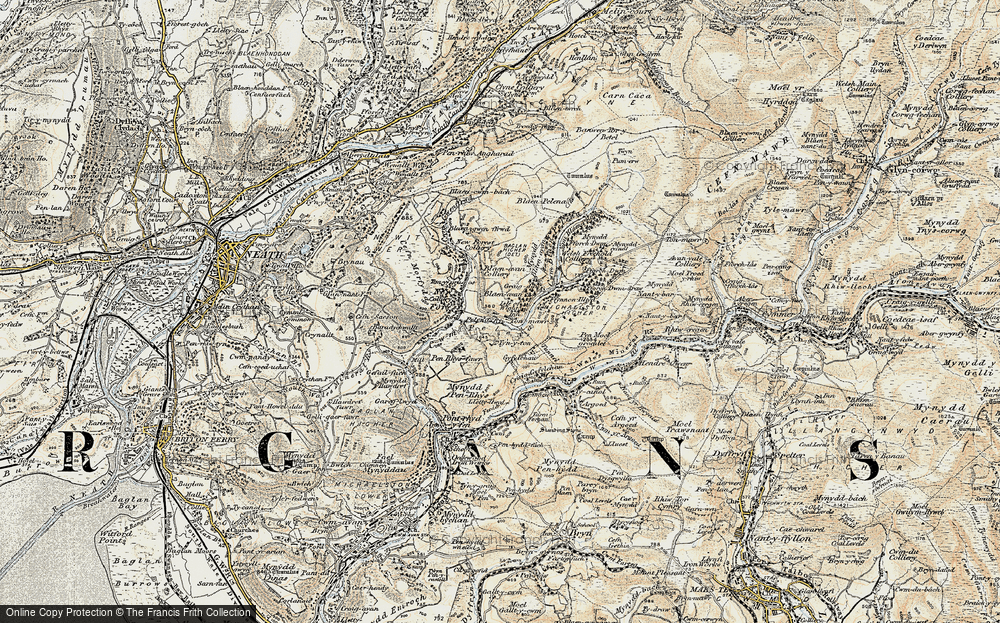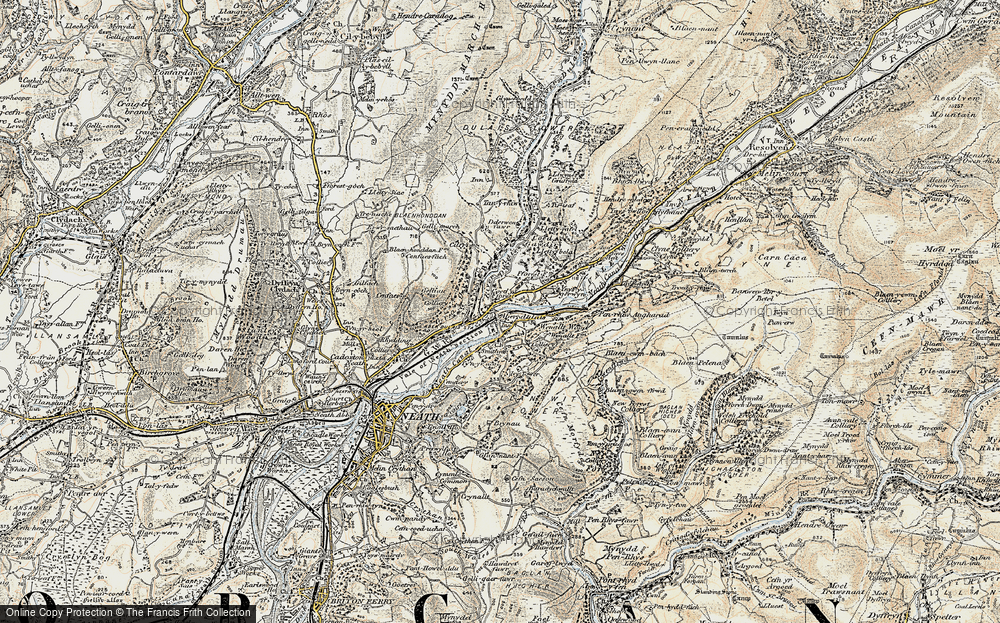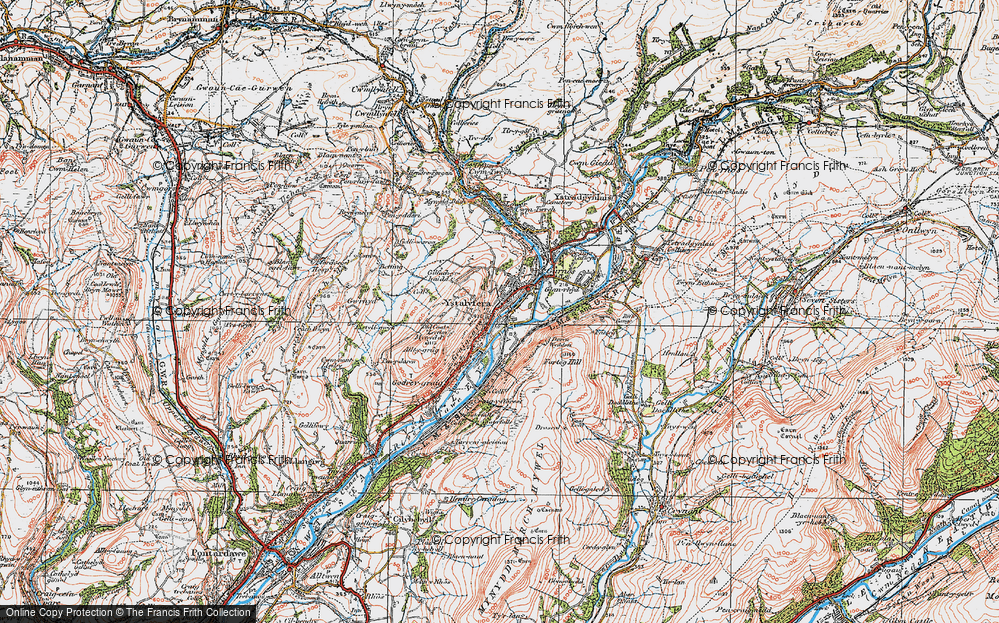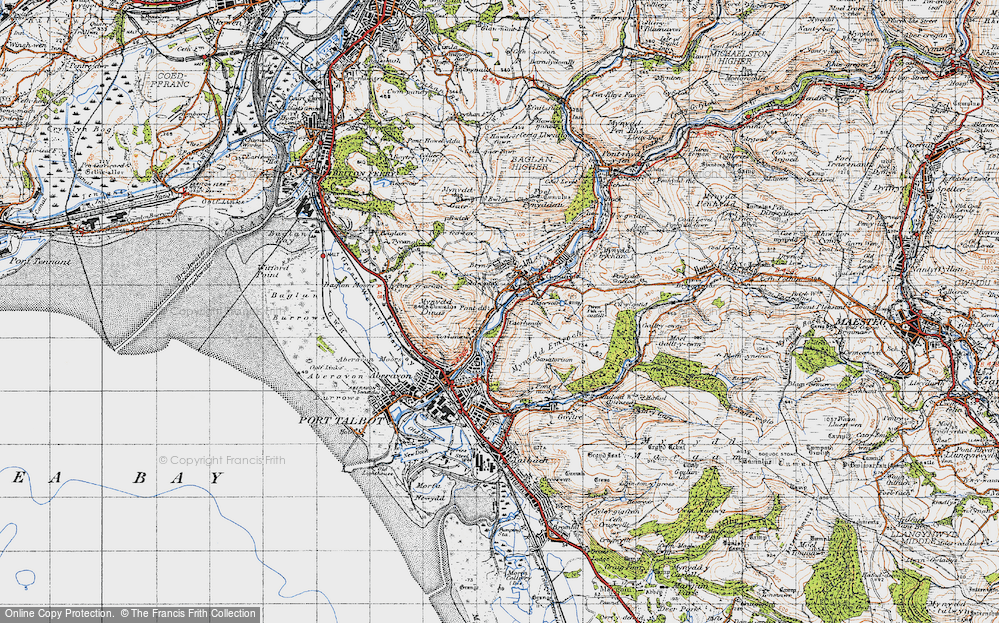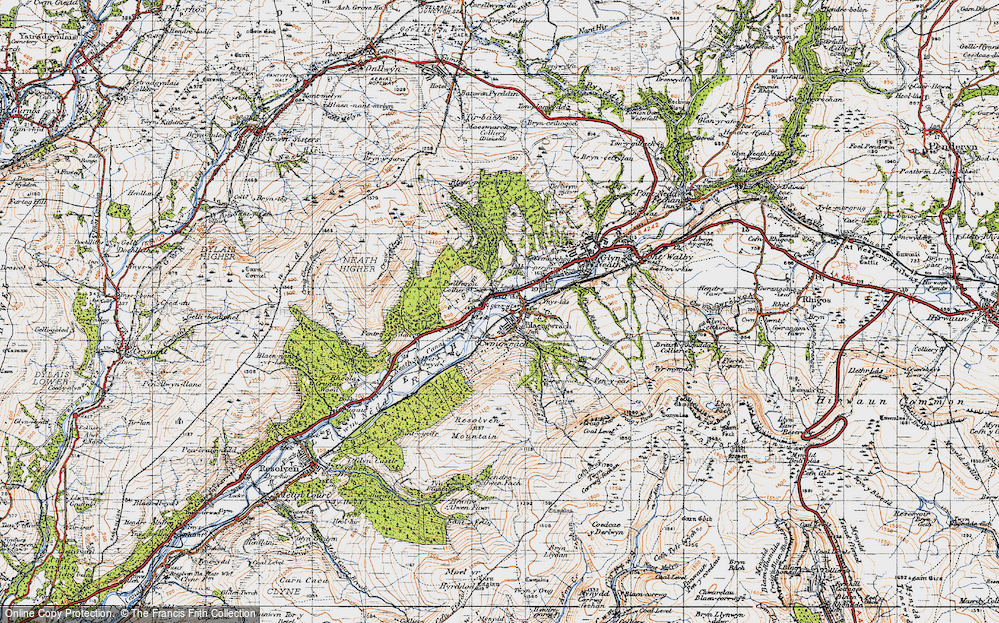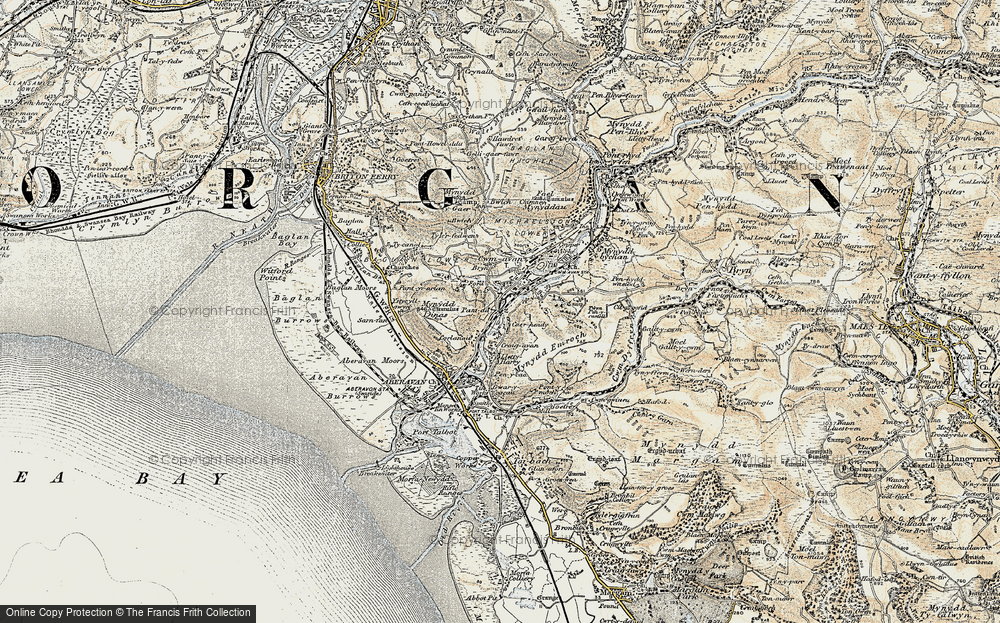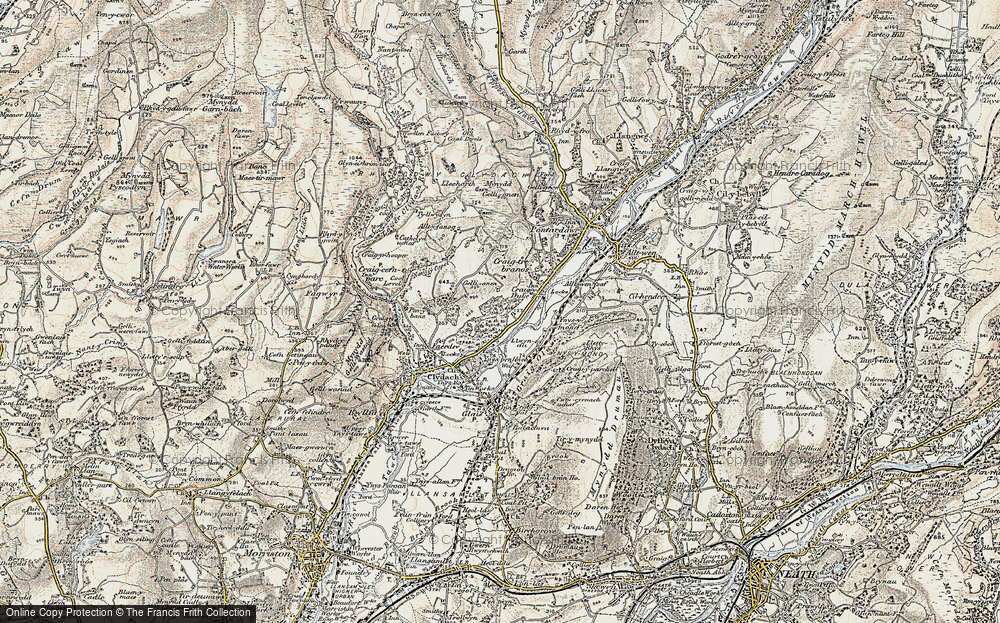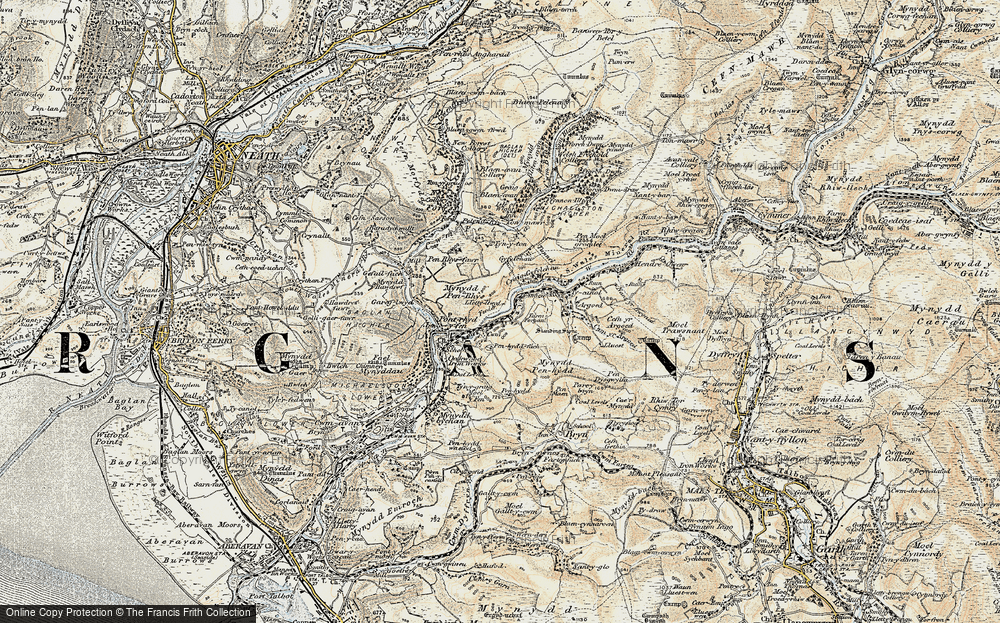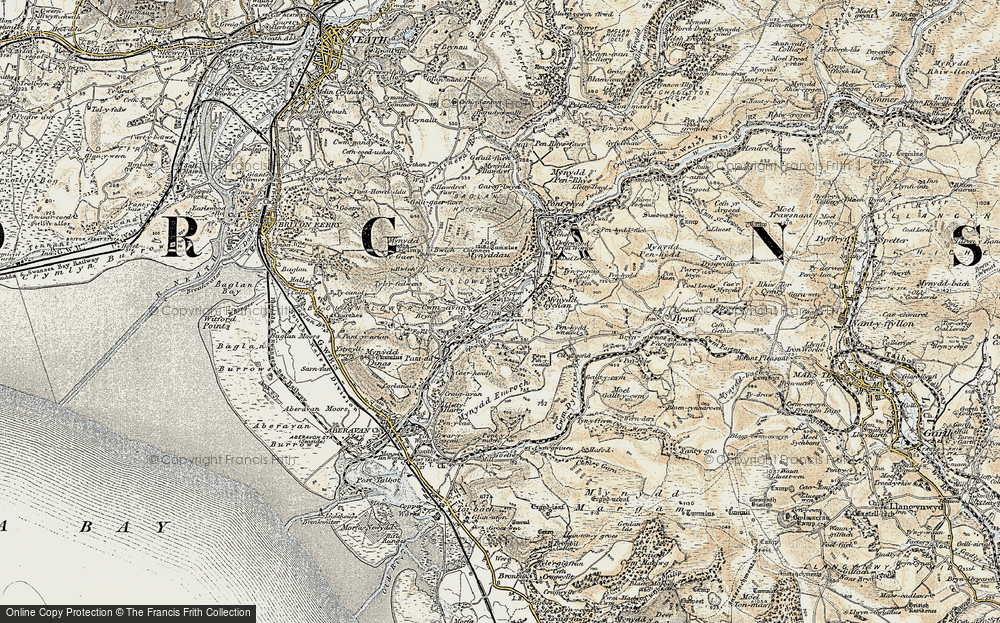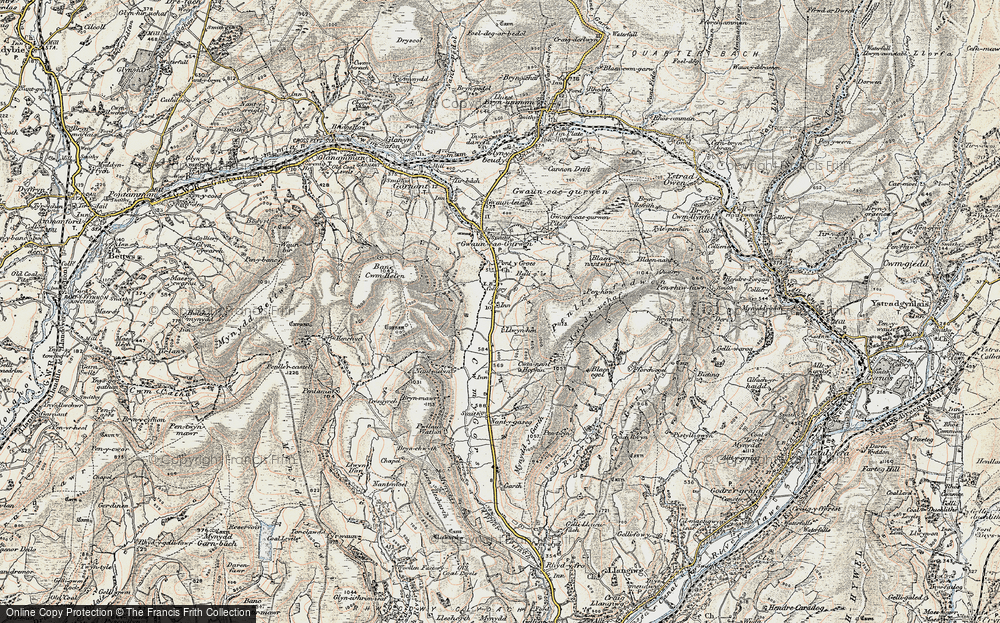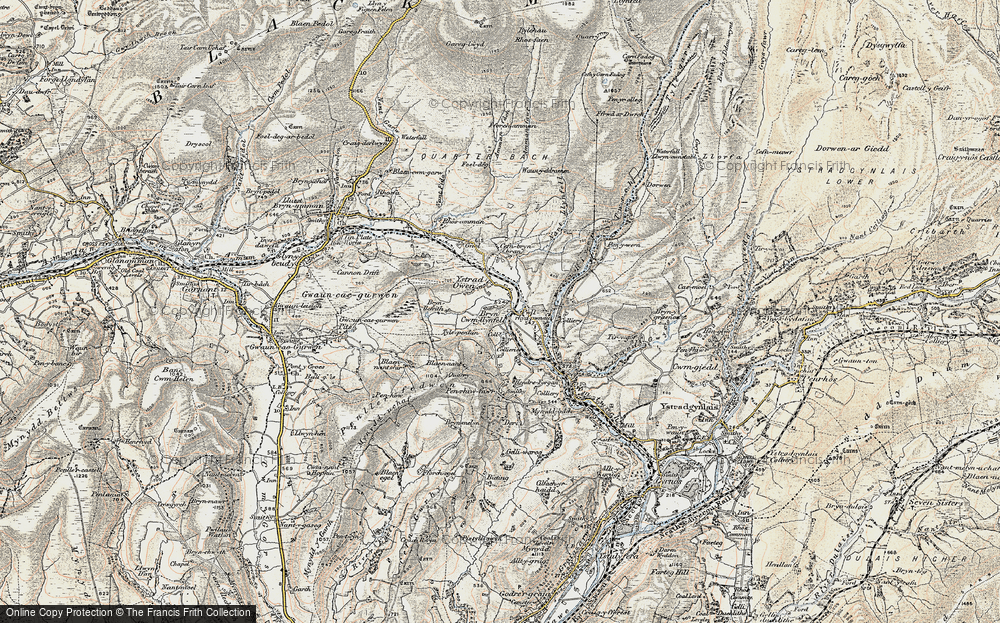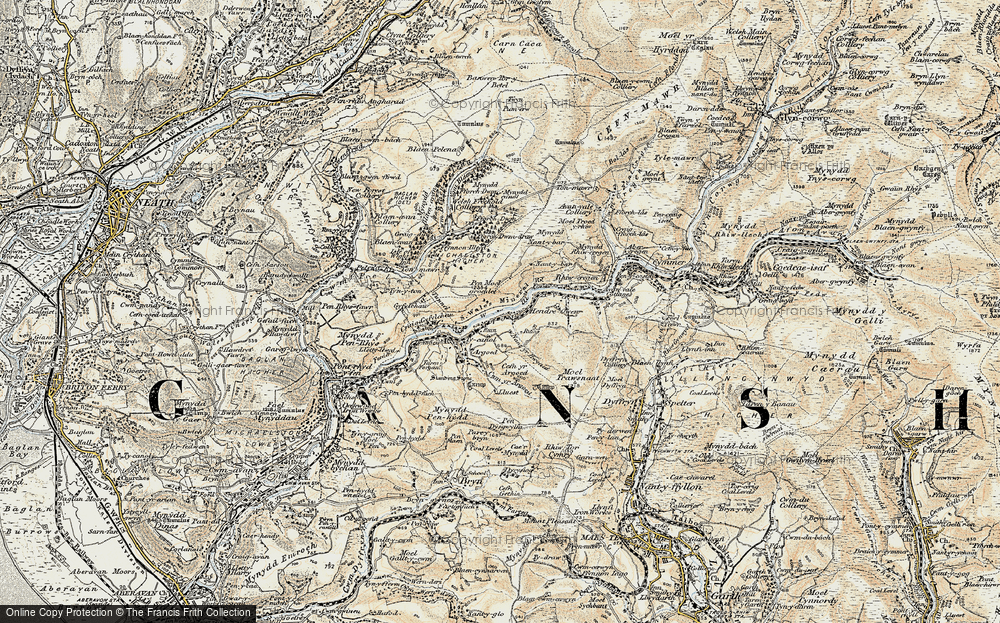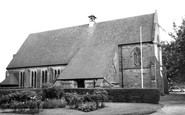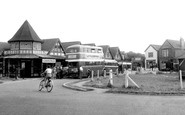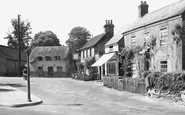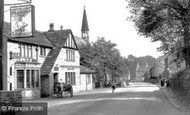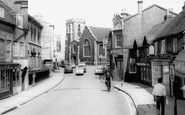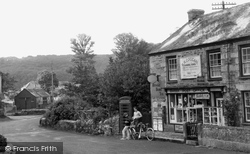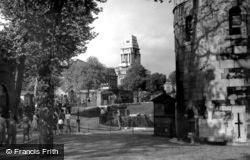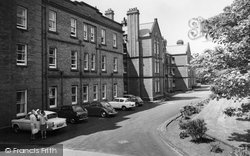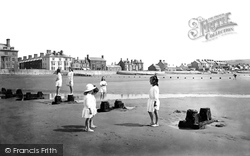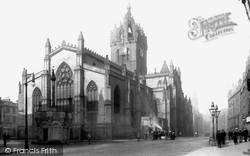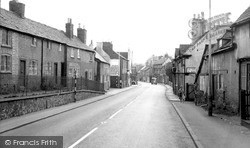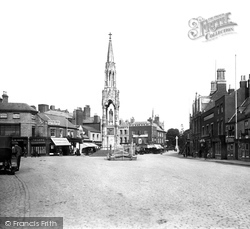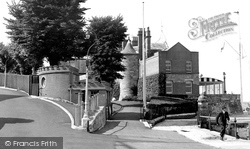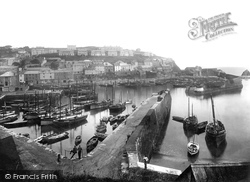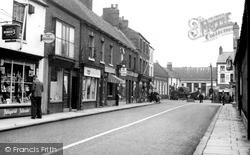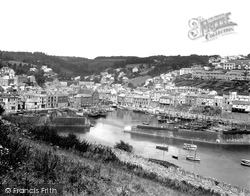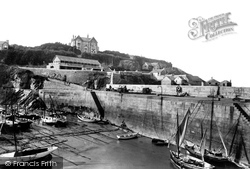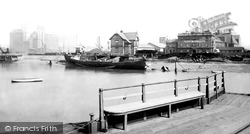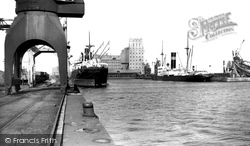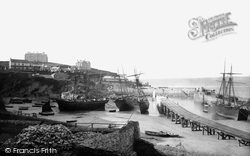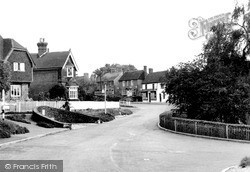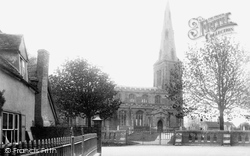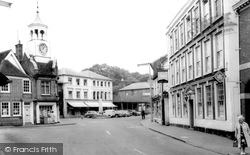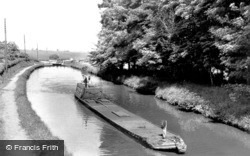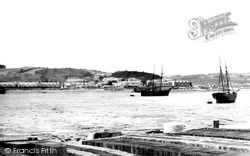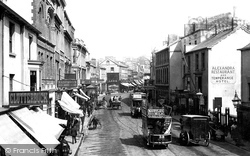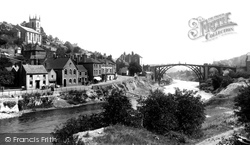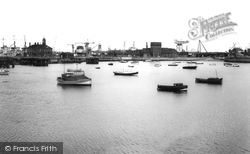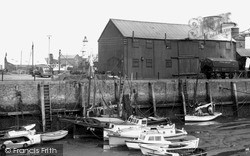Places
Sorry, no places were found that related to your search.
Photos
Sorry, no photos were found that related to your search.
Maps
670 maps found.
Books
4 books found. Showing results 577 to 4.
Memories
1,789 memories found. Showing results 241 to 250.
Good Old Stan
I was to live in Blackpool for a short while and would work on a farm; I lived with my sister and brother in law in Delphine Avenue. Lawrence my brother in law leant me his Honda fifty motorbike, I pulled into a petrol station some ...Read more
A memory of Blackpool in 1970 by
My Move To Cranford From Croydon 1948
My father was a Aircraft Engineer for K.L.M. He started as an apprentice at Croydon Airport in 1934. After the second world war, Croydon was getting too small for the larger aircraft coming along, so K.L.M. ...Read more
A memory of Cranford in 1948 by
The Davidsons And The Cunninghams
My Grandparents - David C. Davidson and Isabel Cunningham were from Slamanan and came to the U.S. in 1906. David was a coal miner alongside of George Cunningham who came to the U.S. with David; my Grandmother and ...Read more
A memory of Slamannan in 1900 by
Astwood Bank Co Op......Remember It?
It was so interesting to find a few photos of old Astwood Bank on here. I moved to the village when my mother married my step father, Jesse Bradley, in 1964. We lived at 21 High Street and I got a job at the ...Read more
A memory of Astwood Bank in 1969 by
My Early Days At Longmoor
I was born at the Louise Margaret Hospital at Aldershot while my father was RSM at Longmoor, then of course the home of the well known Longmoor Military Railway. I was christened at the St Martin's Garrison Church. ...Read more
A memory of Longmoor Camp by
Childhood Memories
I have spent many happy holidays in Chapel. My Dad had two weeks holiday from the Prudential and he and Mum and I would head off on hols. I specifically remember fossil hunting on Chapel Point beach, there I also learned ...Read more
A memory of Chapel St Leonards in 1953 by
The Local Bobby
In 1932 my father Len James was moved to Brockenhurst as the 'village bobby'. I was born in 1931 and my brother in 1929. We lived in the Police house (now a renovated private home) and eventually both us boys went to the C of E ...Read more
A memory of Brockenhurst in 1930 by
Broughton Astley Pre 1950
This is my second entry about Broughton Astley and may contain some references to items in my first reminisces. As a person 'born and bred' in Broughton Astley, I have fond memories of the village as it was 'in the ...Read more
A memory of Broughton Astley by
Granny
My grandmother lived in Clayton West and my four cousins and I often slept over. Her surname was Sleaford but I have no memory of the actual address. I have just very clear memories of the worn stone steps into the cellar and the bedroom ...Read more
A memory of Clayton West in 1950 by
Entertainment In The 1950''''''''s
Uxbridge was blessed with 3 cinemas; The Odeon, the Regal and the Savoy (the oldest of the three it stood on the corner of Vine St and the High St). The Odeon, I think, had the biggest productions as it had a wider ...Read more
A memory of Uxbridge by
Captions
1,058 captions found. Showing results 577 to 600.
Gweek was at one time a port of some significance at the head of the tidal Helford River, which lies between the buildings and the wooded hillside.
The dominant tower of the Port of London Authority building in Trinity Square was completed in 1922. The architect was Sir Edwin Cooper, who looked back to the pre-Great War Edwardian era.
One can imagine that the group in the lower left of our picture is one of farewell after a short stay.
The girls are wearing light short dresses - quite a contrast to their Victorian and Edwardian predecessors, who wore several layers of clothes, even on the beach.
In 1634, Charles I attempted to re-establish the Scottish Episcopal Church, and St Giles's was for a short period elevated to the status of a cathedral.
In this photograph the main road looks quiet, but traffic between Leicester and Loughborough would, in a few short years, build to a crescendo through the narrow streets.
The tailor's shop to the left was shortly taken over by Fells, Cycle & Wireless dealers (see W115023 on page 38-39), who also had premises in Norfolk Street, and until recently was Belfast's linen store
A fence now hides the short castellated turret of the lodge on the road leading away from the castle.
Again, there is no doubt why this picturesque working fishing port became a popular destination for visitors.
Thorne was an important inland port linking the South Yorkshire coalfield and the River Don with the Aire and Calder Navigation and the River Humber via the Stainforth and Keadby Canal.
In 1886 Mevagissey landed 255,000 hundredweight of fish, the greatest quantity of any port in the west. The twin harbours offered vessels safe protection from storms.
The numerous fishing and work boats, which lie in an orderly way upon the mudflats awaiting the next high water, belie the fact that just a few years earlier, Newquay was a major port involved in handling
When local landowner Colonel Tomline promoted a railway and a new dock in Felixstowe, he hoped to be able to compete with the port of Harwich, across the Orwell Estuary.
The port had kept abreast of technology: massive cranes on tracks have appeared, which could lift an entire coal wagon and dump it into the ship's hold.
In the late Victorian era Newquay enjoyed brief success as a port exporting china clay. Schooners were loaded directly from the railway link to the docks, built in 1874.
The daughter of King Edgar the Peaceful and Lady Wulfrith, Edith was born in the village in 961, but lived most of her short life at Wilton Abbey in Wiltshire.
Shortly afterwards, the nave arcades, north aisle and the north porch, shown in the photograph, were added. During the 1860s, Sir George Gilbert Scott redesigned and rebuilt the chancel.
Heading south-east through winding country lanes, our short tour reaches Ampthill.
After that, there was a flight of 21 before a short dash to the company's base, where the cargo would be pumped out. The boats used to take a week to do the round trip of some 160 miles.
Bangor's chief trade was the export of slates, mined from Lord Penrhyn's quarries at Bethesda, and carried by rail to Port Penrhyn. The quay here was 300 yards long.
Swansea's maritime tradition has always been vital to the town, and the various port extensions drove its economic development.
Darby chose the location with care; supplies of coal, iron ore, and water were readily available, and there was access to the Bristol Channel ports by way of the Severn.
Various types of working cranes add interest to the skyline, evidence of important port activities. The Dock Master's Office stands on the left, with its clock tower.
Here we have two views of the spacious harbour, opened in 1832 as the port for Canterbury, seven miles further inland.
Places (0)
Photos (0)
Memories (1789)
Books (4)
Maps (670)




